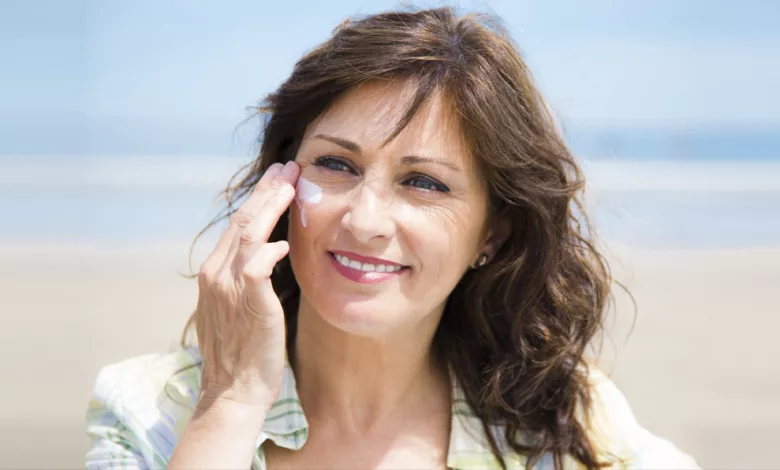Sun Protection: What You Need to Know

Each year as summer approaches, the conversation surrounding sun protection becomes a priority. We see commercials almost hourly urging us to add sun protection to our daily skincare regimen, and we learn how our favorite makeup products now contain some form of antioxidant protection from the sun’s damaging rays. With all the information out there, it can be unclear when selecting the product right for you.
Here are a few essential things to consider when choosing the sun protection product that is right for you.
What does SPF stand for?
According to the FDA, SPF is a measure of how much UV radiation is required to produce a sunburn on skin protected with sunscreen relative to the amount of UV radiation needed to get a sunburn on unprotected skin or skin with no sunscreen applied.
Think of it this way— if you expose your skin to the sun unprotected, your skin could begin to burn within ten minutes after using an SPF of 30 to your face and body. Your skin has protection from the sun’s harmful rays for about 300 minutes (10 minutes in the sun unprotected X SPF 30 = 300 minutes of protection) which is essentially 5 hours provided you don’t plan to swim or do a lot of sweating and wiping off.
Keep this in mind when choosing a sunscreen, as the length of time you may be exposed and whether you will be swimming should be essential factors in your selection of the appropriate Sun Protection Factor. As a good rule of thumb, you should re-apply your sunscreen (including waterproof sunscreen) every 2-3 hours or in between dips in the pool.
What Number of SPF is right for me?
Let us explore the different levels of sun protection. Sun protection typically ranges from SPF 8 to over SPF 50. According to experts, using a product with an SPF higher than 15 or 30 does not necessarily increase your skin’s level of protection.
There have been questions raised about the safety of using a very high Sun Protection Factor due to a potentially false sense of security leading to overexposure. One might think they are protected from the sun’s rays with a higher SPF and ultimately overexpose themselves increasing their risk of skin cancer and premature aging. It is best to stick with products that have an SPF 15 to SPF 30 as anything over a 30 SPF provides about the same amount of protection from UVA and UVB rays, and you may be less likely to risk overexposure. The SPF number on your sunscreen indicates the length of time it protects your skin provided the sunscreen is not washed or wiped off. Once that time is up, you must re-apply or wear a hat or protective clothing.
Do I need to apply sun protection daily even if I am indoors?
The short answer is yes! The sun’s harmful rays can penetrate through your windows in your home. You are not likely to suffer a sunburn while in your home; the sun’s harmful rays can still contribute to your skin’s premature aging. Since applying your sunscreen is a part of your daily regimen anyway, it’s best to use it even if you do not plan to leave home.
There are two different types of damaging ultraviolet rays: UVA and UVB. UVA rays are said to play a significant role in premature aging and the appearance of wrinkles. UVB rays are not only responsible for producing sunburn but can contribute to the development of skin cancer.
To protect your skin against both UVA and UVB rays, you should select a sun protection product labeled Broad Spectrum SPF. For added protection against free radical damage, apply a potent antioxidant serum after cleansing and before your moisturizer and sunscreen.
Keeping sun protection a priority in your skincare regimen and limiting potentially damaging exposure to the sun’s rays will help you maintain healthy-looking skin that defies age!
See your dermatologist regularly for a complete skin exam.






